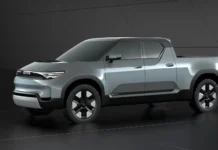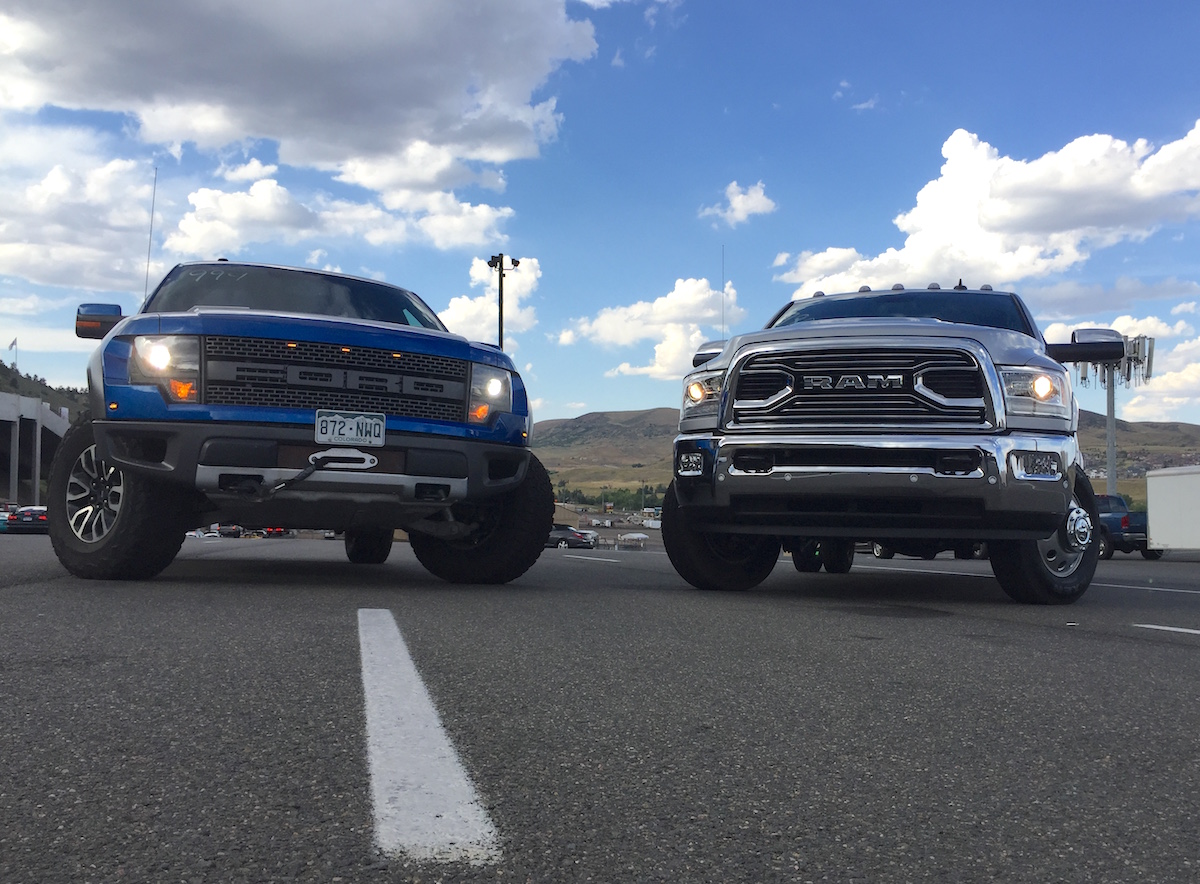
The New Toyota Hilux: Don’t Call it a Tacoma
Toyota hasn’t always been the top name for pickups in the USA, but the Tacoma has its legions of fans in the States. The rest of the world, however, gets the Toyota Hilux, a legendary truck first introduced in 1968.
The Hilux truck has gained a new design that includes an updated interior and better-towing capabilities. These features alone help bridge the gap between a pleasure truck and dedicated work vehicles.
The average truck driver in America has also changed over the years. They want the strength and power of a big truck to tow or haul large loads. At the same time, they want luxury features that make driving more comfortable, safe, and enjoyable.
The issue of fuel-efficiency also comes into play when purchasing a new vehicle. Until the most advanced technology came into play, the trade-off between power and energy-efficiency made choosing the perfect pickup more challenging in the U.S.
But around the world, the new features of the Toyota Hilux are only solidifying its place as a go-to option for pickup truck drivers.

The new 2018 Toyota Hilux
The Hilux has evolved and only grown more popular. For example it’s the most popular utility vehicle in Australia and the second most popular vehicle in the country overall, accounting for more than 5% of the truck’s sales worldwide. In short, it’s akin to the Ford F-150’s stature in the United States.
Some of the features buyers like about the truck are its nearly-unbreakable construction. Also it’s legendary durability and reliability (that most Toyota vehicles are known for). The Hilux ‘ute’ also offers an exceptionally smooth on-road ride for a pickup truck, although reportedly not quite as smooth as the U.S. Tacoma.
The Hilux is a versatile truck that performs on all types of terrain. It’s just as efficient at getting you to work each day, as it is for adventures off the beaten path.
- Toyota tunes the trucks’ engines for torque instead of power, resulting in exceptional off-road capabilities while maintaining the power needed on the highway.
- It has a strong frame but still delivers a smooth ride. The robust four-wheel drive system also helps drivers cover more challenging terrain.
- Gas mileage depends on the model you buy and how you drive it, averaging at about 10.9L/100km or 21.58 mpg.
The modern version of the Toyota Hilux comes with a broad range of options:
- Buyers can choose from a variety of engine sizes, cab sizes, 4×2 or 4×4 drivetrains, and a lot more.
- Various trim options range from basic to fully-equipped trucks to meet a variety of driving needs and budgets.

History of the Hilux
The Toyota Hilux was first introduced in 1968 in Japan with a short wheelbase and a 1.9-litre engine that produced just 84hp. The truck came standard with a rear-wheel drive and four-speed manual transmission.
2nd Generation
With the second generation produced in 1973 through 1974, Toyota gave the Hilux a longer wheelbase. It also came with a somewhat larger 2.0-litre engine, giving it the capability of reaching 109 horsepower.
During this time, the three-speed automatic model became popular in Japan. The new model with a 7.4-foot truck bed was introduced in the U.S, as simply “The Truck.”
3rd Generation
Toyota offered the third generation Hilux from 1975 to 1978, growing even larger in size but not in power. The third generation Hilux had a 2.2-litre engine but produced only 97 horsepower due to the increase in weight and body size.
This model came with an optional five-speed manual transmission. Towards the end of 1977, Toyota reached the millionth sale of the truck, making a name for the company with the compact truck segment.
4th Generation
Production of the fourth generation, from 1979 until 1983, brought the option of a 4WD version and the company’s L Series diesel engine in 1979 on 2WD models. Toyota also made changes in the design including a solid front axle, leaf suspension, and single round headlights.
The limited edition Mojave model featured bucket seats, chrome bumpers, and a two-speaker radio. It also had a 2.4-litre engine, capable of 97 horsepower.
5th Generation
Toyota released the fifth generation Hilux in 1984 and continued the model through 1988. This generation brought more changes such as the 2.4-litre engine and a new fuel-injected 2.4 liter capable of 105 horsepower.
Buyers also had the choice between a 2.4 liter and turbocharged 2.4-litre engine. This generation brought an end to the four-speed manual. It was replaced with a choice of three or four-speed automatic transmissions.
In 1984, Toyota also introduced a 4×4 known as the Hilux Surf. This led to the division of the Hilux Surf and 4Runner, continuing on as a fully enclosed mid-sized 4×4.
6th Generation
The sixth generation Hilux was produced from 1989 until 1994. This model began using the 3.0-litre V-6 engine and the company’s award-winning Xtracab SR5.
The award as Motor Trend’s 1989 “Truck of the Year” was the first of many for the Hilux. This version also had a longer wheelbase. During 1991, production of the U.S. model, the Tacoma, was moved to the Toyota plant in California.
7th Generation
It wasn’t until 2005 that the seventh generation Hilux was introduced. It included a much different engine line-up; the 2.7 liters and 3.0-litre turbo diesel, with the latter being the most capable for off-road and more energy-efficient on the highway.
An even more powerful 4.0 liter V6 was also available, which included similar fuel consumption like that of the 2.7 liter i4.
8th Generation
Today, the new Hilux features smaller 2.4 and 2.8-liter turbo diesel as well as a 2.7-liter i4. The 2.4 and 2.7-liter engines are available with a 6-speed automatic or manual. The bigger diesel only comes with a 6-speed automatic.

















![Which is More Reliable: 3.5L EcoBoost or 5.0L V8? [Reader Question] Second-generation 3.5-liter EcoBoost engine](https://tfltruck.com/wp-content/uploads/2016/05/Second-generation-35-liter-EcoBoost-engine.jpg)
![Which Silverado Engine to Get: 5.3L or 6.2L V8? [Ask TFLTruck] 2016 chevy silverado](https://tfltruck.com/wp-content/uploads/2015/10/2016-chevy-silverado-grille.jpg)
